Lake Michigan is often thought of as the crown jewel of Northwestern. As large as an inland sea, its waters are ever-shifting: They can sit as still as glass on a calm spring day, or crash onto the painted rocks during summer thunderstorms, or collect into ice sculptures along the Clark Street Beach in subzero winters.
The lake is a draw for students and professors alike, whether for exercise — professor Will Dichtel is known to swim in the cool waters — or just for daily contemplation.
But this immense body of fresh water, whose shimmering beauty convinced Northwestern’s founders that this was the place to build the University, has been under threat since the early 20th century.
The Great Lakes, the second-largest source of surface fresh water in the world and the source of drinking water for more than 48 million people in the U.S. and Canada, have undergone substantial changes over the past 200 years of human activity. Development, agriculture, infrastructure and industry have left the lake bottoms laced with legacy contaminants and toxins. More recent threats include invasive species such as zebra and quagga mussels, microplastic pollution and algae blooms.
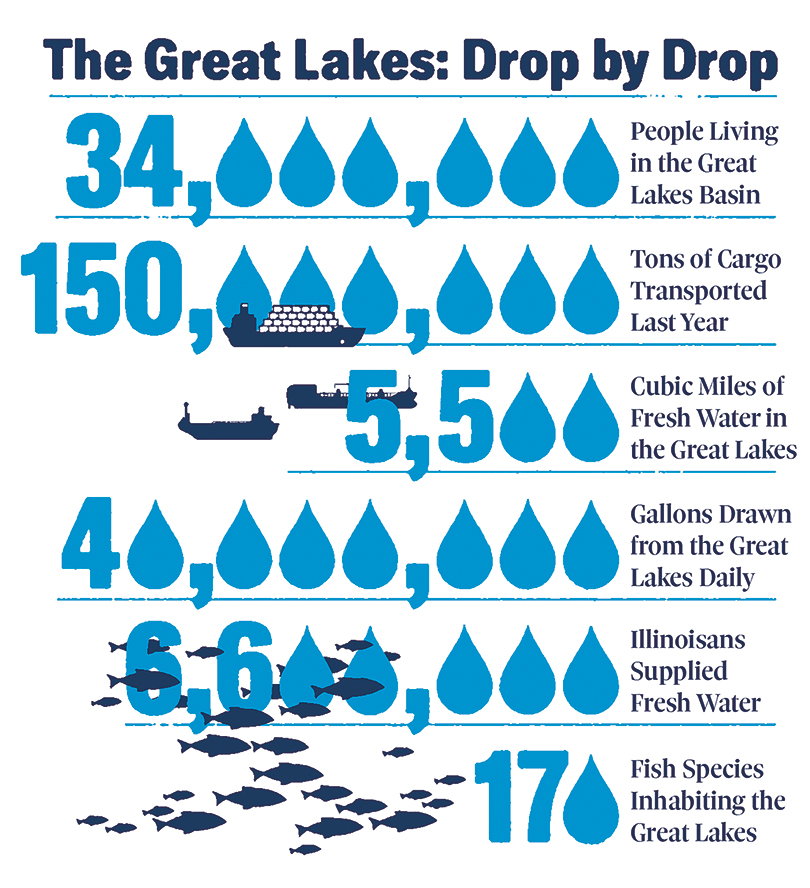
Infographic by Heads of State
Now the Great Lakes region faces another imminent challenge: climate change. A new report by Midwestern and Canadian scientists and experts details how climate change could affect the Great Lakes and threaten public health, fish and wildlife, water quality, and the regional economy.
“We are already seeing the effects of climate change on Great Lakes cities,” says Northwestern civil and environmental engineering professor Aaron Packman, an expert in water scarcity, water management and urban flooding who helped write the report. “One example is the recent severe flooding in the Midwest, which is associated with changing weather patterns in the winter and early spring. These events discharge sewage and fertilizer into the Great Lakes. Flooding is very damaging to vulnerable communities in cities like Chicago.”
The report highlights the impact of climate change on the 34 million people who live in the Great Lakes area and lays out several problems, including lower quality of drinking water, extreme weather and decreased crop yields.
While it can be easy to be pessimistic, Northwestern researchers say these challenges can be solved. Through partnerships, new technologies, startup businesses, public policy roles, and as legal advocates, Northwestern faculty, students and alumni are keeping water resources like the Great Lakes clean and sustainable.
Packman is one of several Northwestern professors looking for innovative, cost-effective ways to tackle water issues. Chemistry professor Will Dichtel has created a polymer that, when placed in water, binds and eliminates PFOA, a human-made chemical that was used to manufacture Teflon and Scotchgard. Kimberly Gray ’78, a civil and environmental engineering professor, is helping develop a new membrane covered with a thin polyelectrolyte film that could be used in drinking water treatment. Water security, both in Chicago and worldwide, is the focus of anthropology assistant professor Sera Young’s research. And Julius Lucks, a chemical and biological engineer (and Young’s husband), is creating a new class of smart diagnostics to cheaply and quickly assess water quality.
“Water is life,” Packman says. “We all need water to live. So if you drink water, you should probably care about what exactly is in your water, make sure that you have enough water, and make sure that we have a sustainable supply of water.”

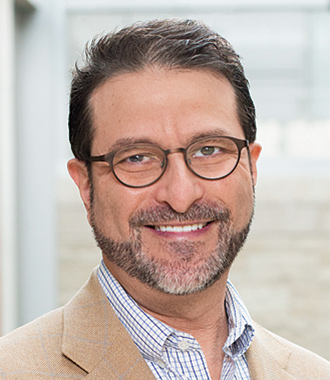
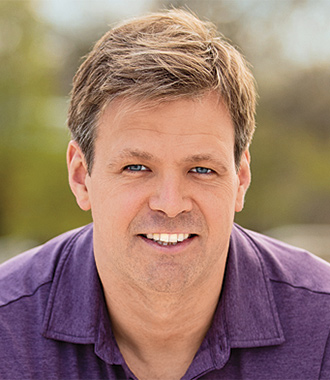
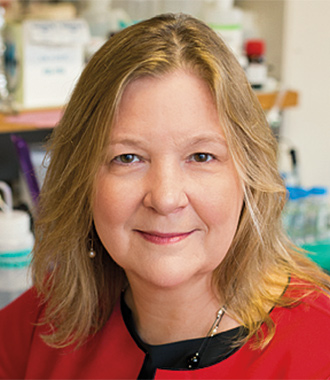
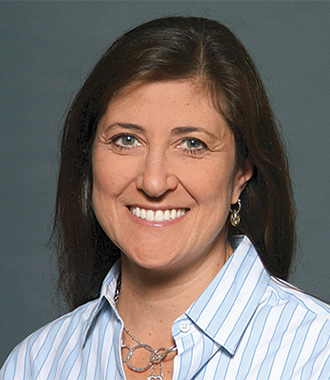
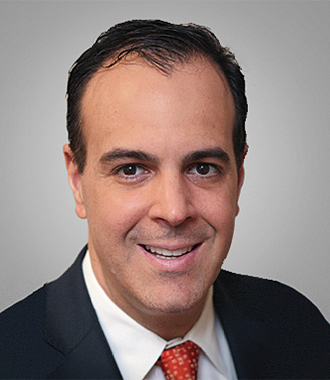

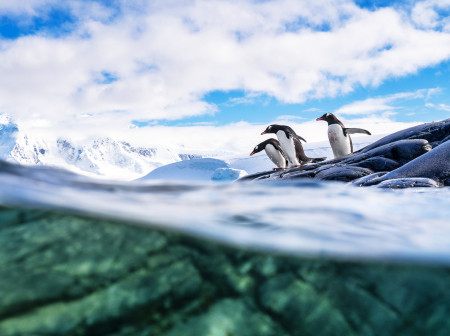

Reader Responses
I read “Solutions for Troubled Waters” [summer 2019] with great interest but was dismayed to see the No. 1 issue impacting water was not addressed — population growth. Many of the problems discussed would not be an issue if the world’s population wasn’t sprinting toward
13 billion. All the technology in the world can’t offset the ramifications of a near doubling of our population over the next 80 years.
Progressive thinkers tend to focus on the negative impacts of industry and business and ignore population growth. But Al Gore put it best: “Global climate change is caused by three things: population increases, certain modern technologies and people who refuse to acknowledge that population increases and certain modern technologies cause climate change.”
—Karin Crane '00, Chicago, via Northwestern Magazine
Excellent, well-written article! I love the many experts featured, each addressing different problems and solutions.Thank you for this important journalism!
—Karen Allen Chicago, via Northwestern Magazine
No one has commented on this page yet.
Submit a Response